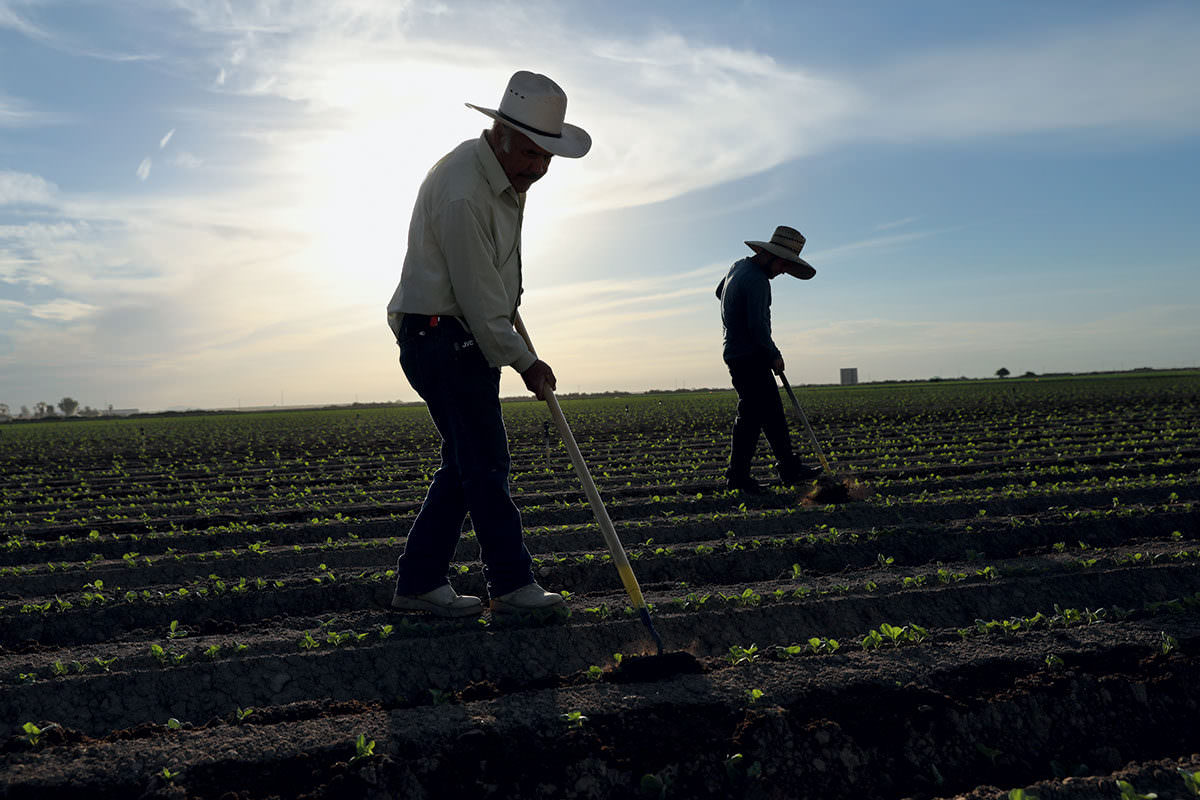Despite a smattering of storms, the San Joaquin Valley – and California as a whole – has come to another breaking point over its dwindling water supply during a critical drought.
Thanks to limited planning, our water supplies continue to shrink, communities are being pushed to the brink, and little headway is being made to generate long-term solutions to our state’s water issues.
The result for Californians of all stripes is clear: the only thing we have to be thankful for this season is that the collision of these woes hasn’t led us into a worse position.
For me, I only have to look outside my doorstep to see the impact of California’s third year of intense drought.
Water shortages are nothing new, but their acute impact on more than our area’s farms is more pronounced than ever before.
Communities on the westside of the San Joaquin Valley have become so desperate, they are committing a king’s ransom to ensure they have sufficient water supplies to make it through the early stages of 2023.
Look no further than the City of Coalinga.
The city, which is reliant on surface water supplies from the Central Valley Project, has seen its allocations of water slashed to the bare minimum.
There’s only one problem: the “bare minimum,” according to Federal and state water managers, isn’t sufficient to sustain the city’s bare minimum needs.
Out of desperation, city officials made the choice to purchase water on the open market, costing taxpayers $1.1 million to keep taps running.
That figure represents a 1,300 percent increase in the cost of water compared to their contracted rate with the Federal government.
Weeks after purchasing the water, state regulators authorized the award of emergency grant money to Coalinga to cover the eye-popping, seven-figure expense.
This tale is all-too-familiar to the San Joaquin Valley’s growers, who – thanks to cutbacks on surface water supplies and SGMA – are routinely tasked with acquiring adequate, often pricey water supplies to keep producing the food that feeds the nation and the world.
Anything short of their necessities has a ripple effect for the community at-large: from water shortages flow farm job losses. From there, local ancillary businesses see a pronounced downturn.
Suffice it to say, Coalinga’s new water supplies will surely stave off a would-be crisis and California’s financial relief ensures that the public safety and infrastructure of Coalinga are not adversely affected by the onset of a would-be water shortage.
But while rain storms are few and far between in California, moral hazard – or the inability or unwillingness to guard against risk by shielding its consequences – is raining down in our state’s water policy.
In recent years, developing or expanding water storage facilities in the Golden State can be categorized in one of three lanes: too late, too slow, or too inadequate.
Eight years after California voters approved it, Proposition 1 funds remain largely unspent as highly-touted dam projects languish through development hell and marred in litigation.
Meanwhile, private efforts to expand storage capacity of pre-existing dams are routinely thwarted by outside forces that have no interest in improving the quality of life in the state of California.
Every water year that the state fails to make an ambitious move to boost water storage capacity is another year California, from its cities to its farmworkers, increasingly rely on newly-built financial guardrails to survive another year.
There’s a better way and we must embrace and fight for it.











